Research > Microbe > Bacteria > Pseudomonas
Common Names for Hypochlorous Acid Solutions
- Electrolytically Generated Hypochlorous Acid
- Neutral Electrolyzed Water (NEW)
- Electrolyzed Oxidizing Water (EOW)
- Electro-chemically Activated Water (ECA)
- Super-oxidized water (SOW)
Results: 13 published articles
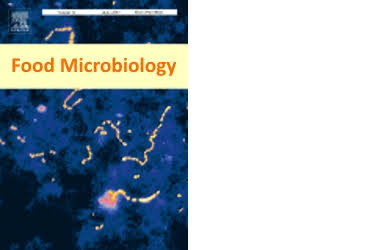
Microbe(s): Pseudomonas spp.,Shewanella spp.
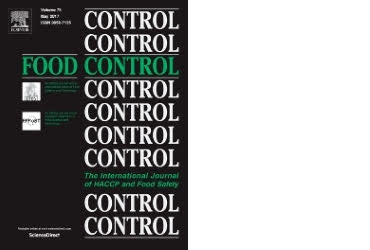
Microbe(s): Pseudomonas aeruginosa, Enterococcus faecalis, Micrococcus luteus
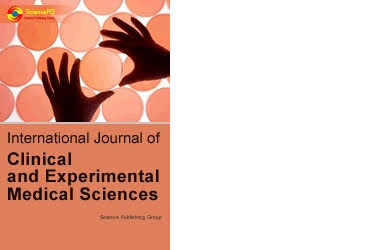
Microbe(s): Acinetobacter baumannii, Escherichia coli, Enterococcus faecalis, Klebsiella pneumoniae, Pseudomonas aeruginosa, Staphylococcus aureus, Bacillus subtilis, Myroides spp, MRSA, VRE

Microbe(s): Penicillium digitatum, Pseudomonas spp.
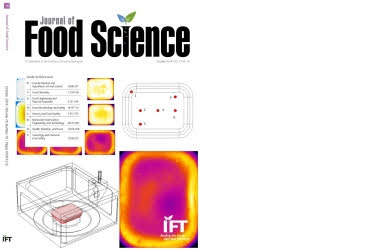
Microbe(s): Total Microbial Count, Escherichia coli O157:H7, Listeria monocytogenes, Pseudomonas spp., Fungi, Yeast

Microbe(s): Pseudomonas spp.
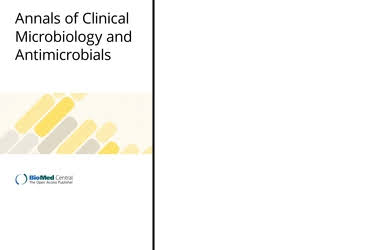
Microbe(s): Acinetobacter baumannii, Escherichia coli, Enterococcus faecalis, Klebsiella pneumoniae, Pseudomonas aeruginosa, Staphylococcus aureus, MRSE, VRE Bacillus subtilis, Myroides spp.

Microbe(s): Escherichia coli K12, Listeria innocua, Pseudomonas putida
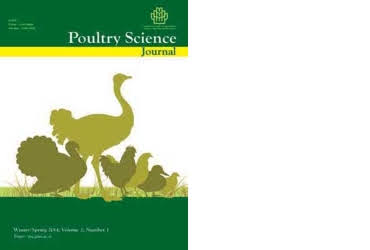
Microbe(s): Fungi, Pseudomonas spp., Candida spp.
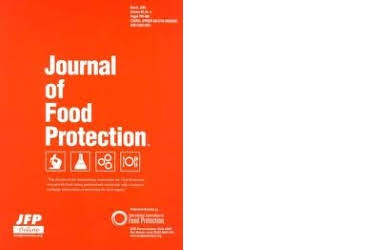
Microbe(s): Escherichia coli, Listeria monocytogenes, Pseudomonas aeruginosa, Staphylococcus aureus
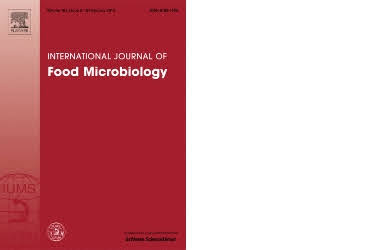
Microbe(s): Pseudomonas fluorescens, Pantoea agglomerans or Rahnella aquatilis
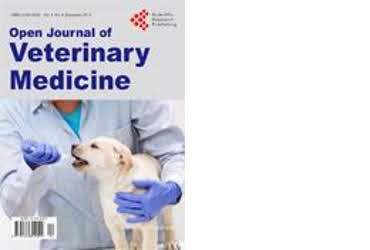
Microbe(s): Enterococcus faecium, Mycobacterium avium subspecies avium, Proteus mirabilis, Pseudomonas aeruginosa, Staphylococcus aureus, Candida albicans
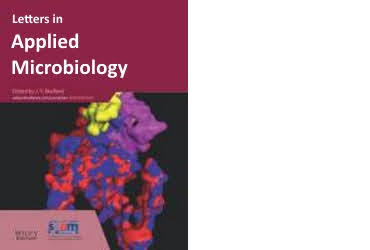
Microbe(s): Escherichia coli, Listeria monocytogenes, Pseudomonas aeruginosa, Staphylococcus aureus